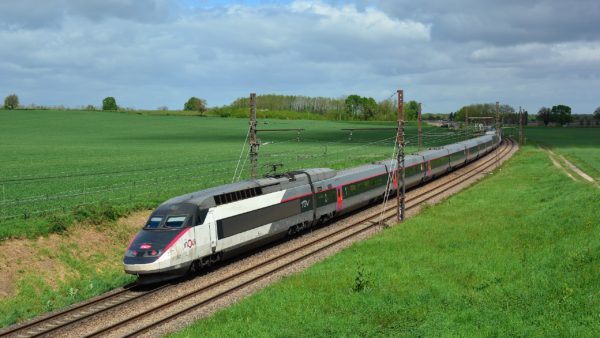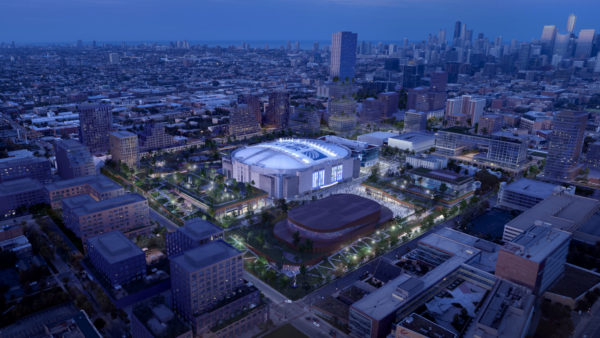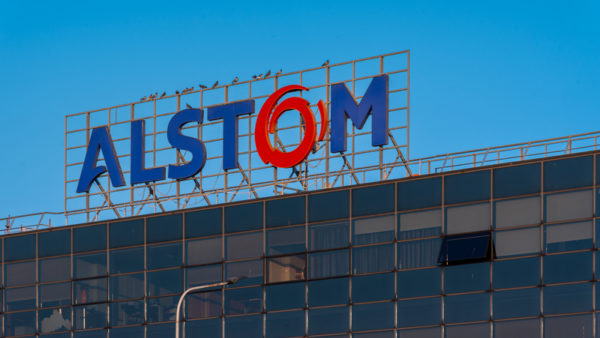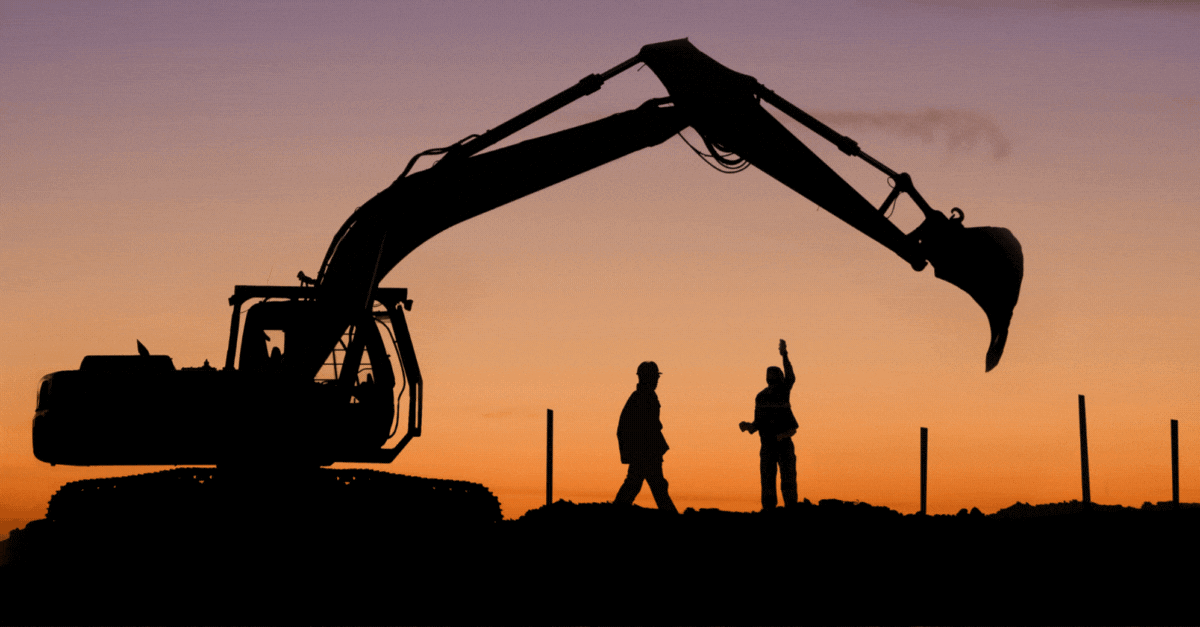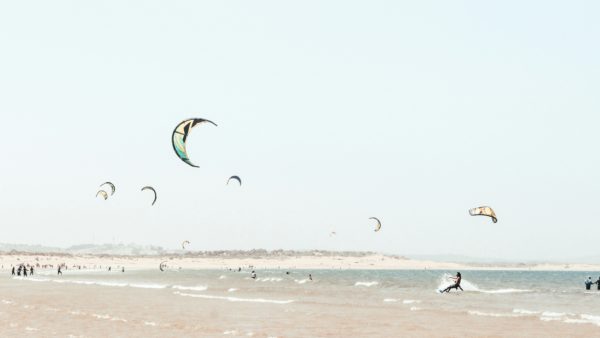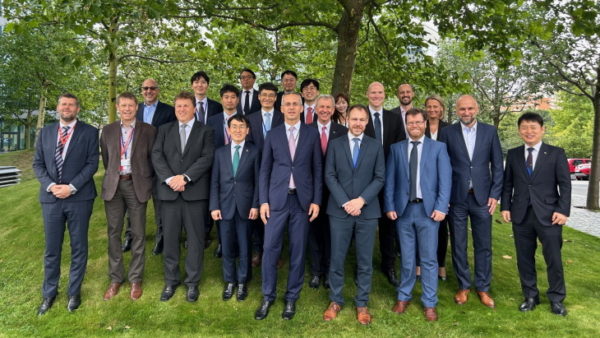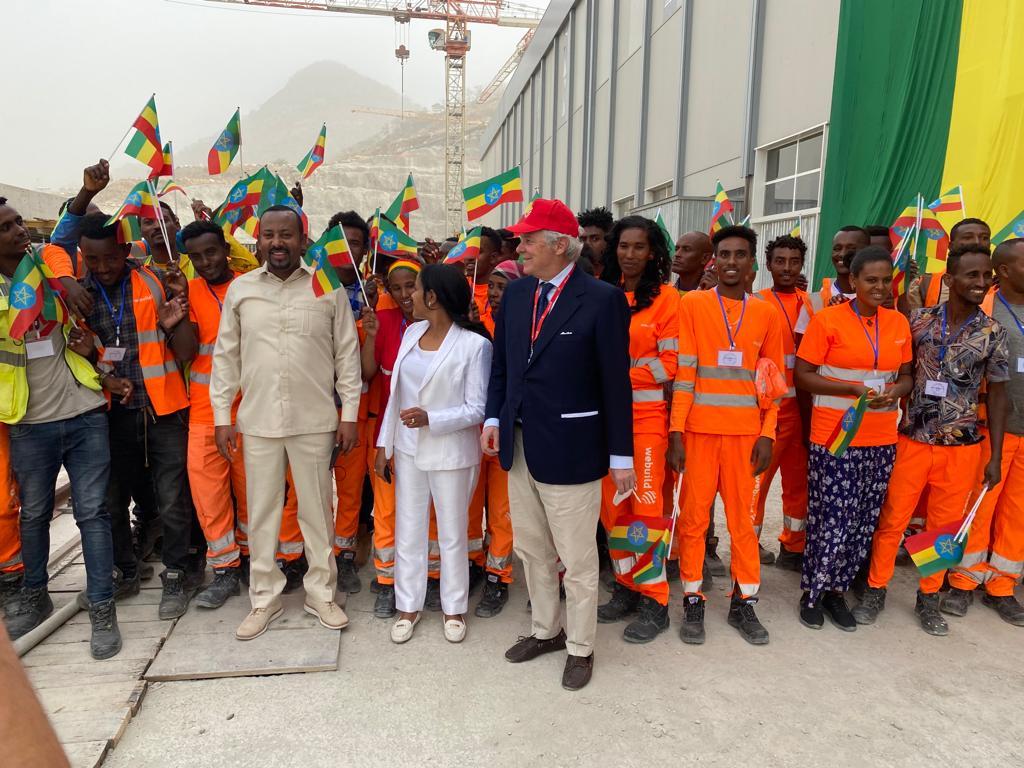
Ethiopian Prime Minister Abiy Ahmed Ali started up the first turbine of the controversial Grand Ethiopian Renaissance Dam (GERD) yesterday, as construction work by Italy’s Webuild continues.
Commissioned by Ethiopian Electric Power, the project on the Blue Nile in the western region of Benishangul-Gumuz is valued at €3.48bn and is 84% complete, Webuild said.
Once complete, the GERD will be the biggest hydropower dam in Africa, with an installed production capacity of 5.15GW able to produce an average 15,700GWh a year. Some 10,000 people on average have been working to build it every year, said Webuild.
The GERD will allow Ethiopia to generate and export renewable electricity, avoiding the emissions of more than two million tonnes of CO2 a year, according to Webuild.
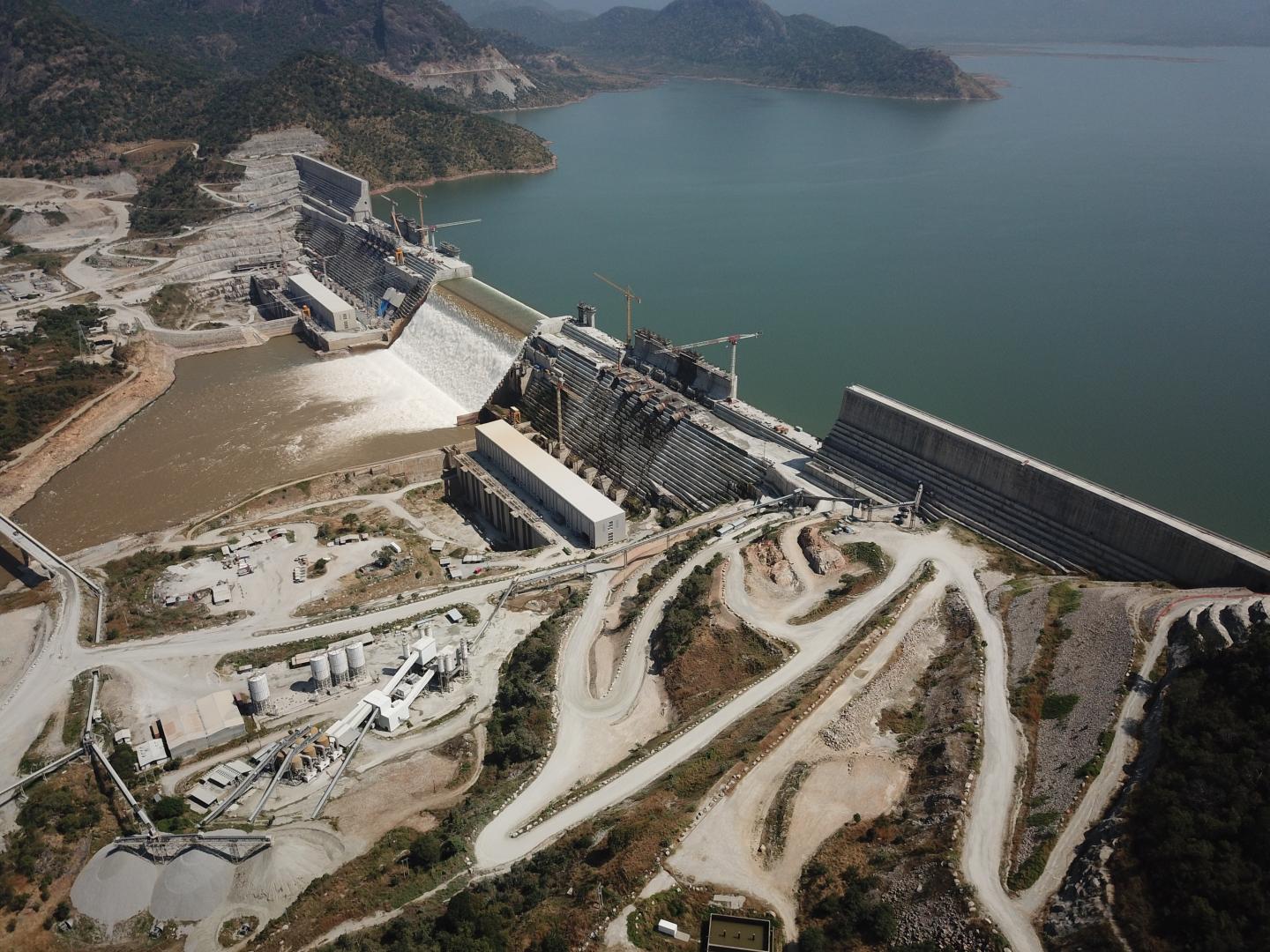
However, the dam has caused diplomatic tensions between Ethiopia and its downstream neighbours Sudan and Egypt, with Egypt claiming it will restrict its only source of fresh water, the Nile.
Talks brokered by the African Union have so far failed to produce agreement among the countries on the dam’s filling and operations, with Ethiopia refusing Egypt’s and Sudan’s demands that filling stop until an agreement is reached.
Located around 700km northwest of the capital Addis Abiba, the project includes the design and construction of a roller compacted concrete (RCC) dam, a saddle dam and two power stations installed downstream at the foot of the dam on opposite shores.
Webuild said the main RCC dam will be 1,800m long and 170m high. It will create a reservoir covering 1,875 square kilometres and contain 74 billion cubic metres of water. The rockfill saddle dam will have a volume of 15.3 million cum and crest length of 5000 km.
According to the company, global experts advised on the composition of the concrete, resulting in a mix that settles more quickly, thereby improving the production and quality of the material.
Further reading:





